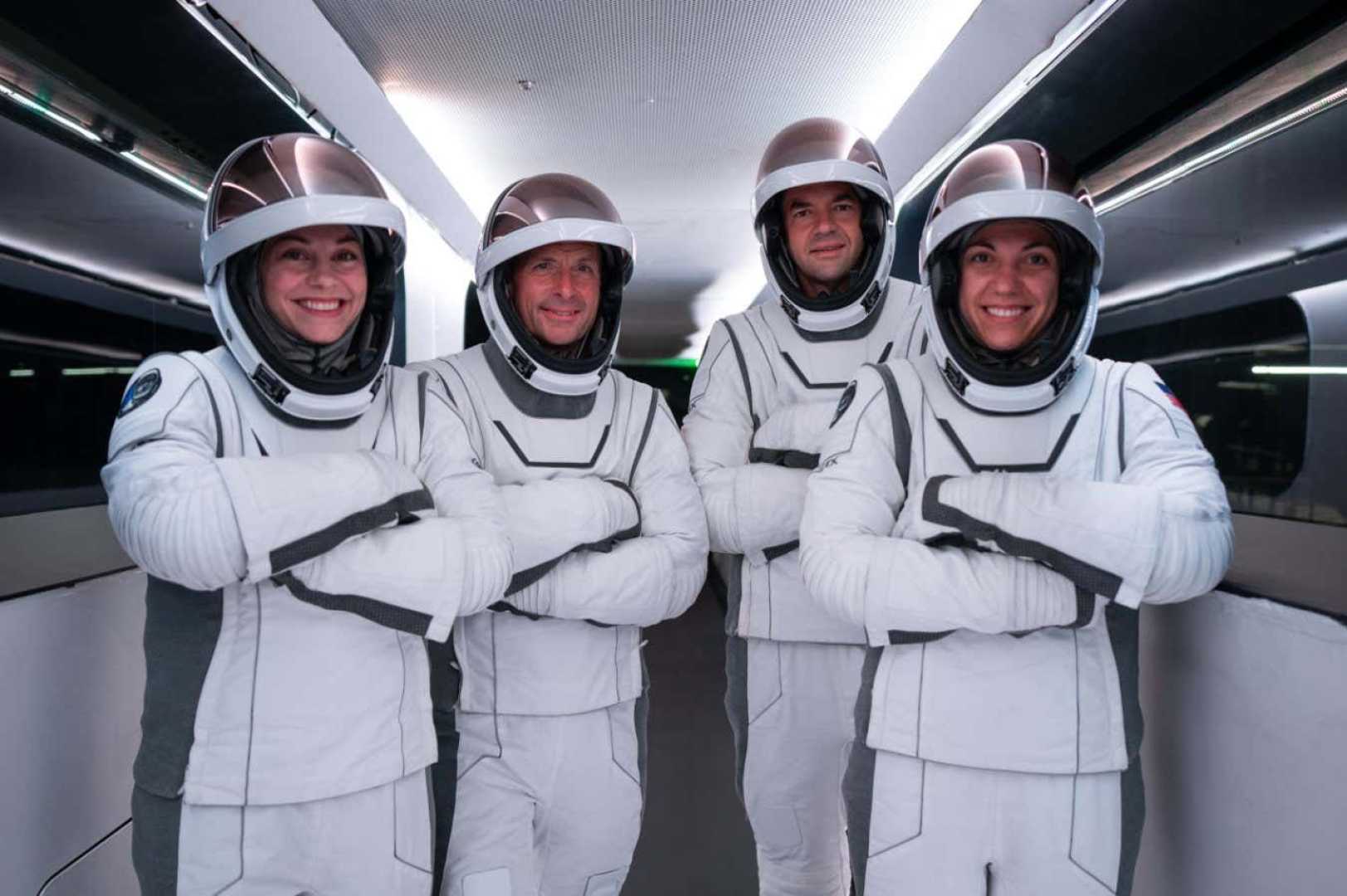Health
Polaris Dawn Mission Reveals Significant Health Impacts on Astronauts

The Polaris Dawn mission, a groundbreaking five-day private space venture led by SpaceX, has provided valuable insights into the health impacts of space travel on astronauts. The mission, commanded by Jared Isaacman, the billionaire founder of Shift4, aimed to advance research on the physical and health challenges associated with space travel.
One of the significant health issues highlighted by the mission is spaceflight-associated neuro-ocular syndrome (SANS), which affects up to 70% of astronauts, according to NASA. Scott “Kidd” Poteet, a former U.S. Air Force pilot and member of the Polaris Dawn crew, reported a noticeable deterioration in his vision during the early days of the mission. This symptom is potentially linked to the redistribution of bodily fluids and resulting pressure variations in the eyes.
The crew conducted a novel experiment using specialized contact lenses, known as the “cyborg experiment,” to gather data on interocular pressure throughout the mission. Led by Dr. Allison Hayman, a professor at the University of Boulder, this experiment aimed to collect long-duration data to better understand the transitions in eye pressure, particularly during the initial phase in space.
Anna Menon, an engineer at SpaceX and the mission’s medical officer, experienced space adaptation syndrome, a condition that affects approximately 60% to 80% of individuals who travel to orbit. Menon described a range of symptoms including dizziness, nausea, and vomiting. This condition is seldom discussed among astronauts but is a critical area of study for future space missions.
The Polaris Dawn crew also explored the lower regions of Earth’s Van Allen radiation belts and conducted the first commercial spacewalk. While initial feedback did not indicate significant health impacts from radiation exposure, Jared Isaacman reported seeing “sparkles or lights” when closing his eyes, a phenomenon noted by other NASA astronauts in similar high-radiation scenarios.
The mission included 36 experiments for 31 partner institutions, including universities and NASA. The crew underwent MRI scans before and after the mission to monitor changes in their brain anatomy. Early assessments of the MRI data did not show any clinically concerning findings, but they did indicate potential changes in the brain’s fluid-filled cavities, known as ventricles, which are not yet fully understood.
The findings from the Polaris Dawn mission are crucial for SpaceX’s long-term ambitions, including transporting humans to Mars and establishing a colony there. Addressing the health challenges of space travel is essential for ensuring the safety and effectiveness of future missions involving large numbers of people.












